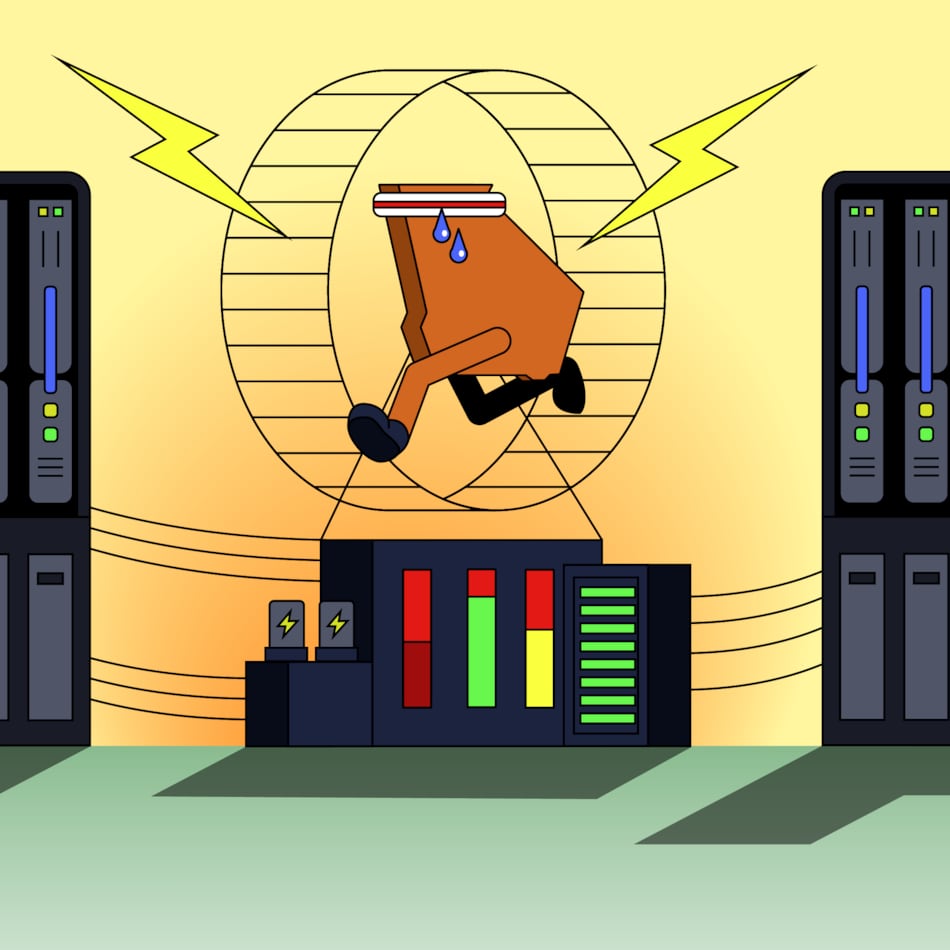It's the magic of ballet: dancers look graceful when they leap and twirl — their bodies poetic — as if they float without effort.
But the apparent ease of movement is a cruel illusion, and dancers must pay the price.
This week, when Atlanta Ballet takes the stage for "Don Quixote" at the Cobb Energy Performing Arts Centre, they will have suffered the usual muscles strains and joint pains, out-of-alignment spines and broken toes, upper back spasms and pinched nerves. During performance weeks, the ballet keeps on call a chiropractor, a physical therapist, a podiatrist and an orthopedic physician.
"Audiences generally see what's supposed to be perfection on stage,"said Mark MacKillop, 22, an apprentice with the ballet. "People don't think about the sweaty hard work and injuries."
It's a sign that artists, especially performers, suffer a physical toll that's not so different from the world of sports.
"Professional dancers are like elite athletes — they work their bodies very hard and sometimes get hurt but they also heal faster," said Karen Joanson-Scott, a chiropractor who visits the ballet's dance studio weekly to keep them aligned. She offers her services pro bono, although most physicians charge the dancers off their individual insurance plan. (Atlanta Ballet members received no company benefits.)
"They're so fine-tuned," she added, "they can tell when something's off. I think of them as Tour de France cyclists: not big muscles that slow them down, but very lean and very toned."
Painters with shoulder bursitis, violinists with neck ailments, rock musicians (and orchestral brass players) with hearing loss, opera singers with strained vocal cords — the mystique of these creative types is that they use the mind and heart to make art; the body is merely the conduit.
Traditionally, on-the-job injuries have been kept quiet, for fear of losing status and income, although that's starting to open up.
Cecylia Arzewski, former concertmaster of the Atlanta Symphony, cites playing her violin as the cause of two injuries that required surgery. The first came while performing Stravinsky's savage "The Rite of Spring" in Symphony Hall.
"My leg got numb and I felt a cool, liquidy something in my back," she said, wincing at the 2001 memory. "At the end I couldn't get up, I couldn't move." Two of her colleagues had to help her off the stage. An MRI revealed she'd blown out a spinal disk.
"I was living with the possibility that I'd never play the violin again, and I was scared to death. That's losing part of my voice, my identity. And the fear of re-injuring myself had me scared all the time."
Her second violin-related surgery was on her left shoulder's rotator cuff, one of the most common ailments for the profession. Star violinist Itzhak Perlman, for example, has had rotator-cuff surgery on both shoulders.
"Playing the violin is uniquely unnatural," says Arzewski. "The left-half of your body is trying to hold something up and the right half is trying to push something down." Add the awkward position of sitting on the edge of a chair and it's a combination is stresses some bodies can't handle. Almost 20 ASO musicians — mostly violinists — have had similar ailments in recent years, all covered by the unionized ASO musicians' comprehensive insurance plan.
In 2006, ASO violinist Christopher Pulgram suffered a shoulder S.L.A.P. tear — superior labrum anterior to posterior — an injury that's common with quarterbacks and baseball pitchers, where the arm is outstretched.
Like many artists whose bodies impose limits to their craft, Pulgram had come to think of himself as an athelete. Ironically, about four years before his S.L.A.P. tear, he'd taken up triathlon training — swimming, cycling, running — in hopes of strengthening his body to improve his violin playing.
"Like atheletes, we develop specific muscle groups," said Pulgram, "and endurance is just as important as power. My surgeon told me afterward that I had built-up scar tissue [in my shoulder], like a baseball pitcher." (He should know: Dr. Xavier Duralde operated on Pulgram and Arzewski and has put Atlanta Braves pitchers under the knife.)
Dr. Thomas Guffin, Jr. is an ear-nose-throat physician who treats the cast and chorus of the Atlanta Opera. He's also a devoted opera fan. "A cold is an inconvenience for most of us," he said, "but for a singer an upper respiratory infection can inflame the vocal cords and resonators — the sinuses, nose, throat — and that's devastating."
Opera demands a lot of sound at high volumes, and in some cases it leads to strains or polyps on the vocal cords, he said. "A good singer who's going to have a long career knows how to sing with minimal strain on their voice. It's no different from a baseball player who learns what works [with their bodies] and can avoid repeated injury or getting burned out.
"It's very rare I tell a singer to cancel something — most of them have learned how to navigate around their ailment and keep going."
About the Author
Keep Reading
The Latest
Featured


